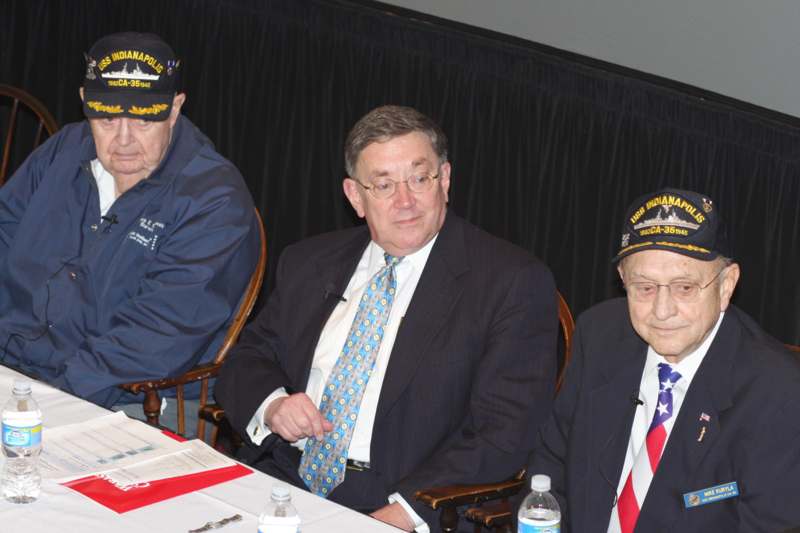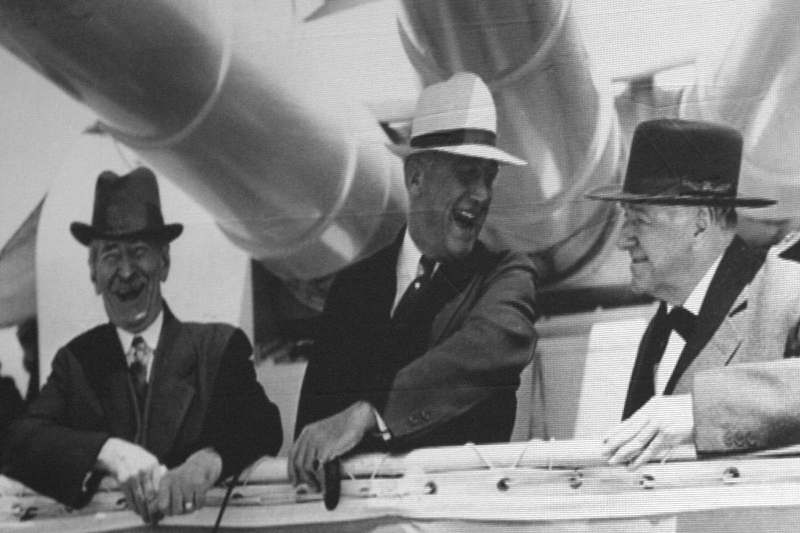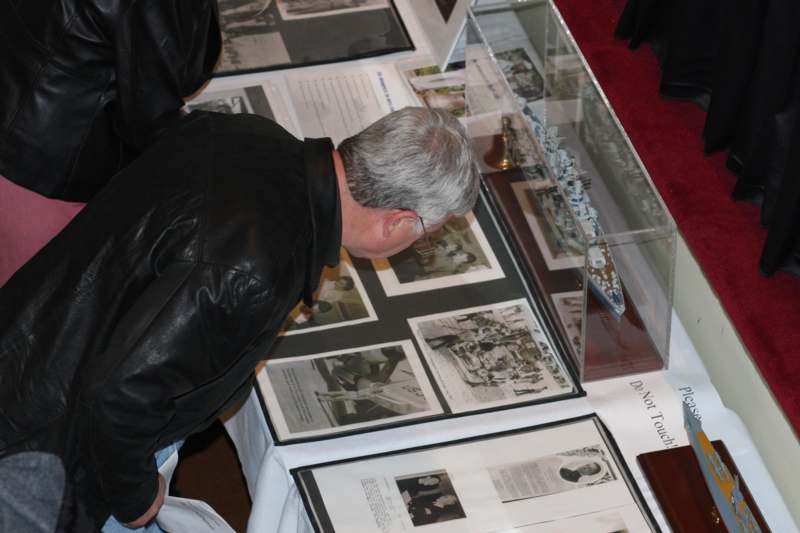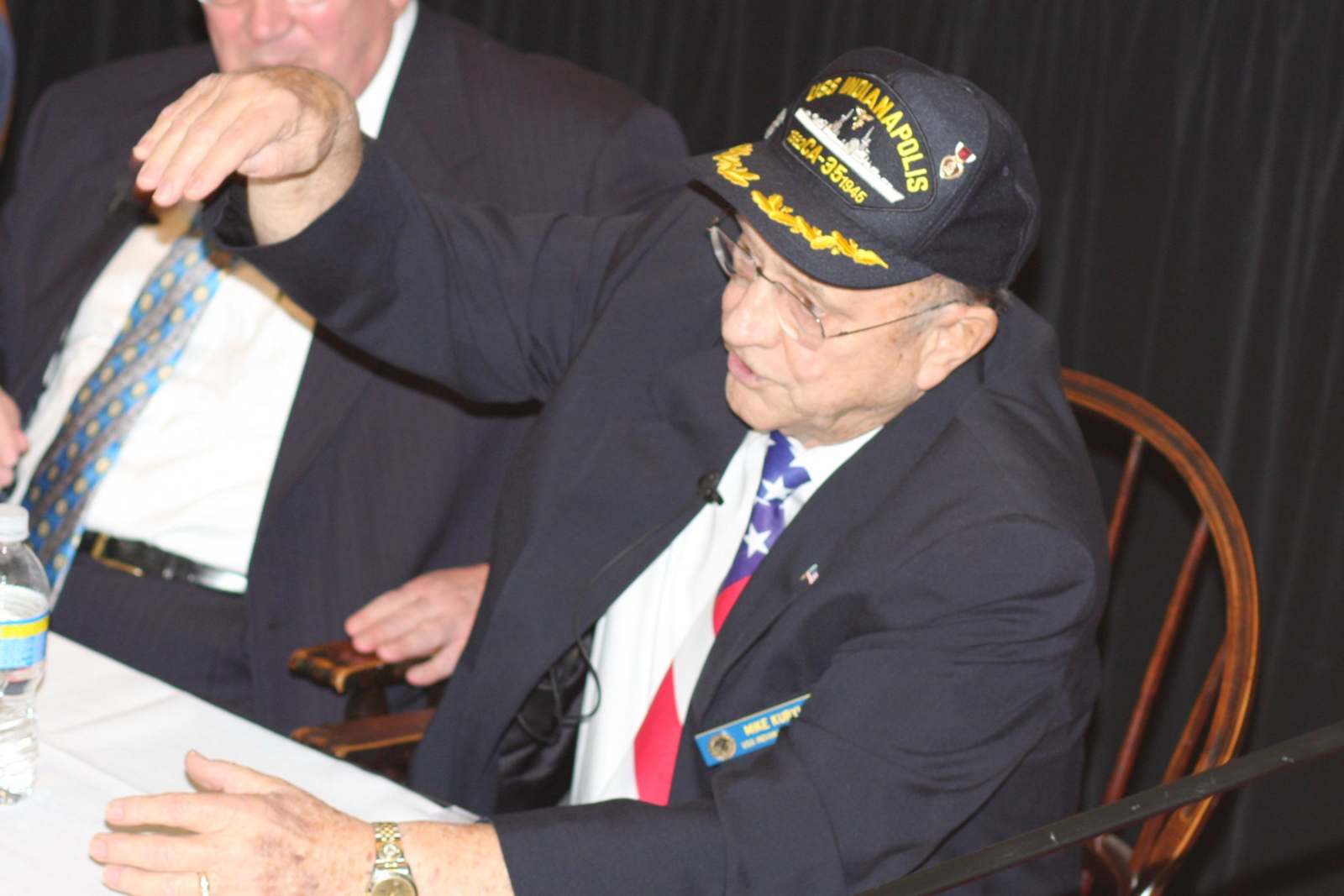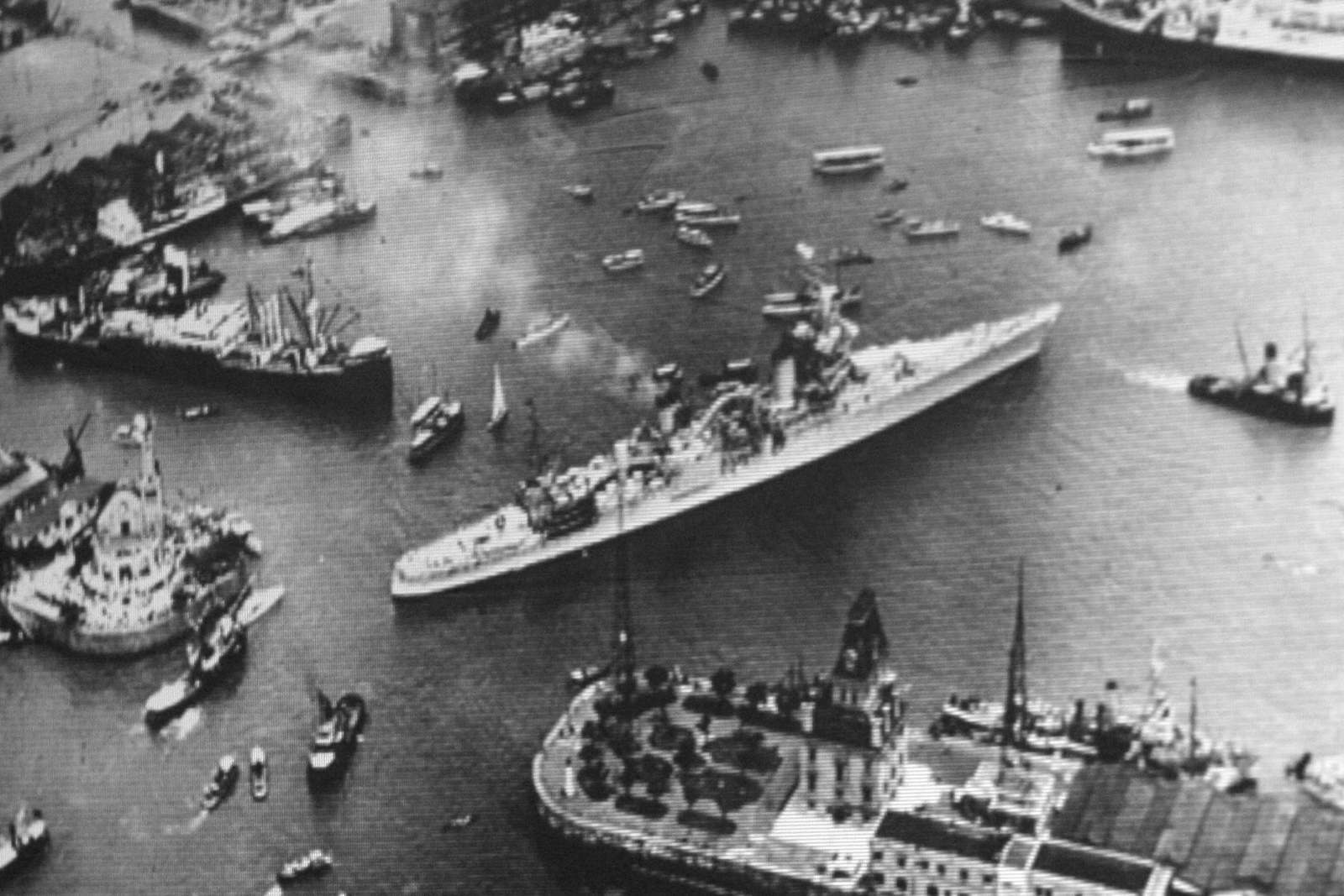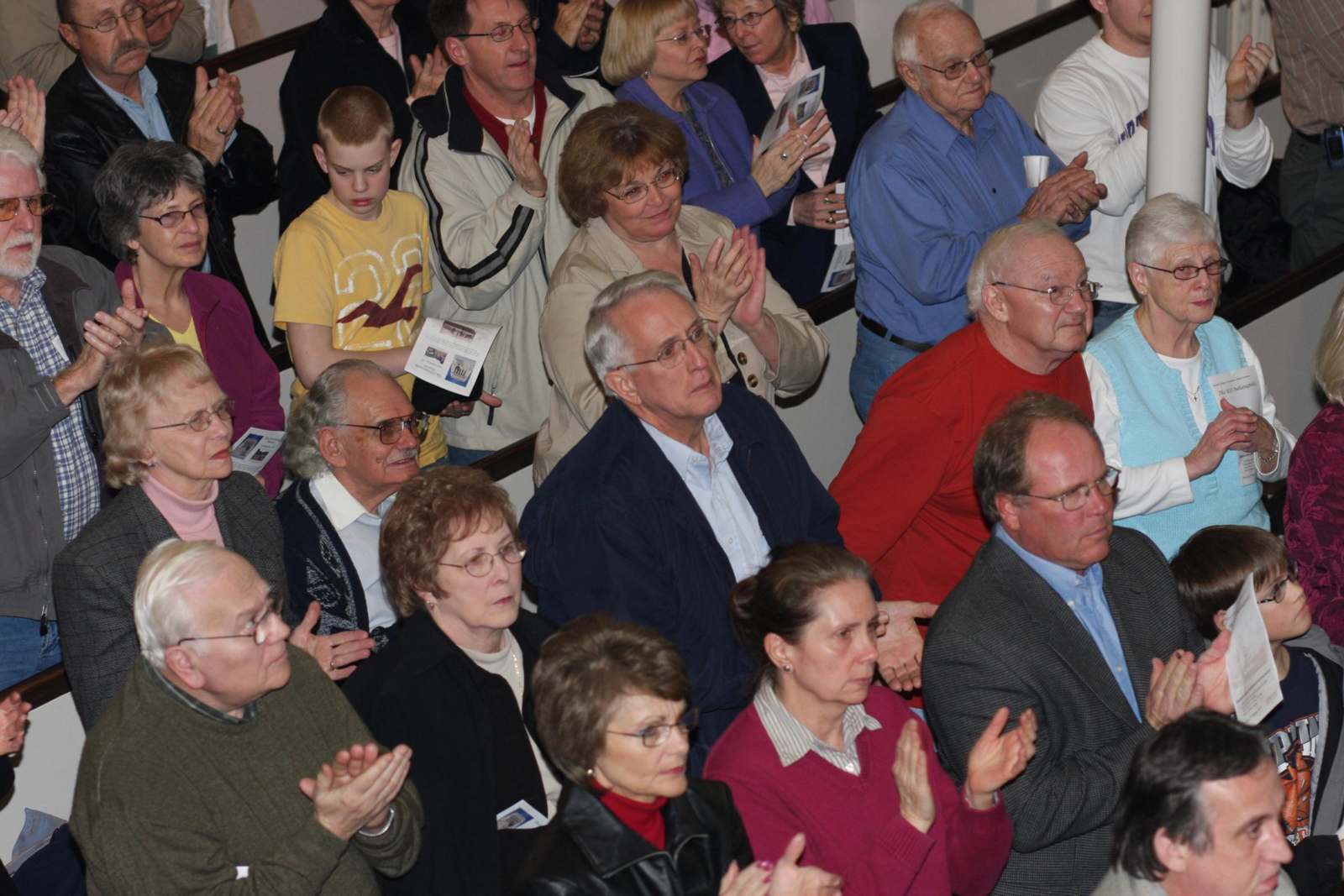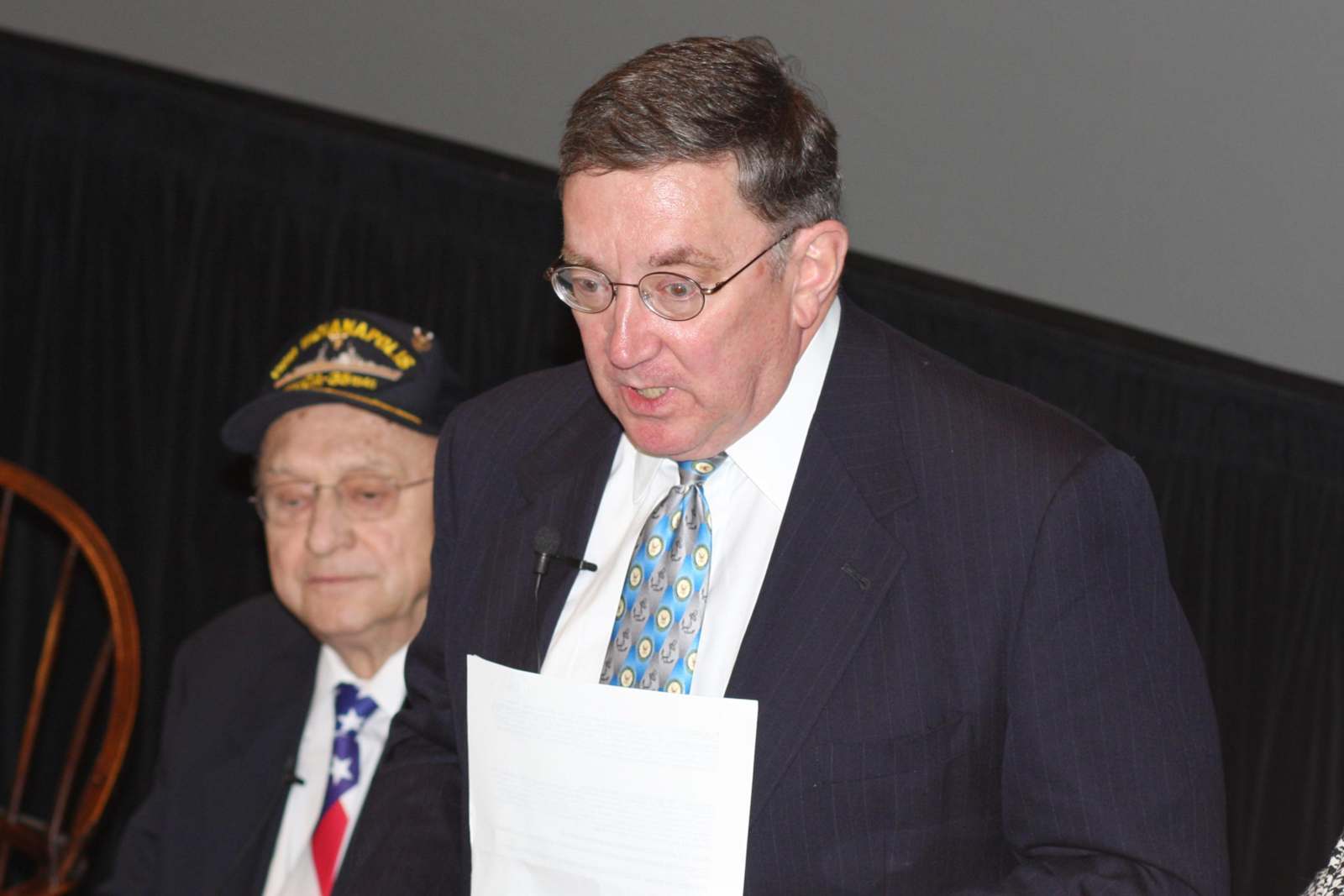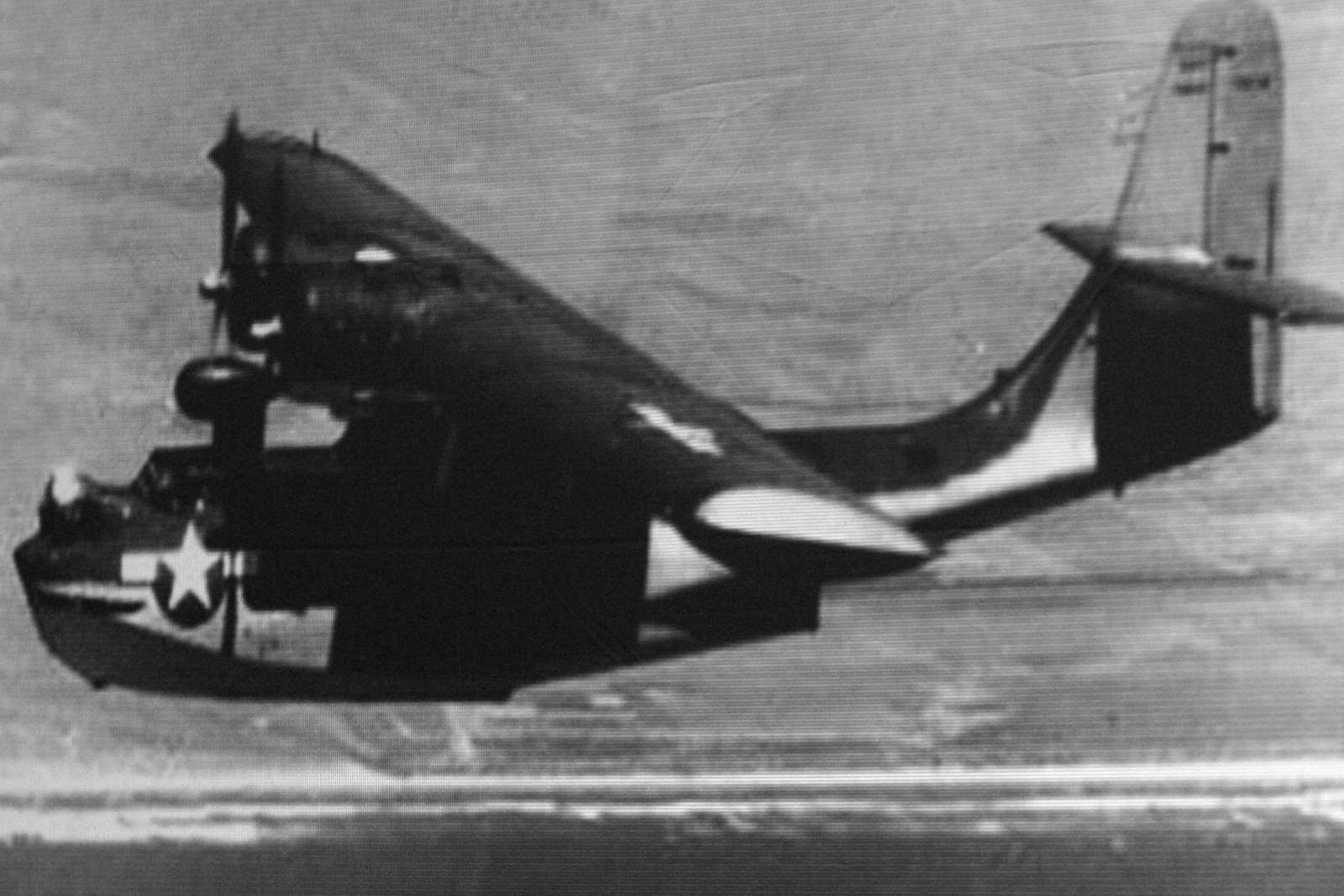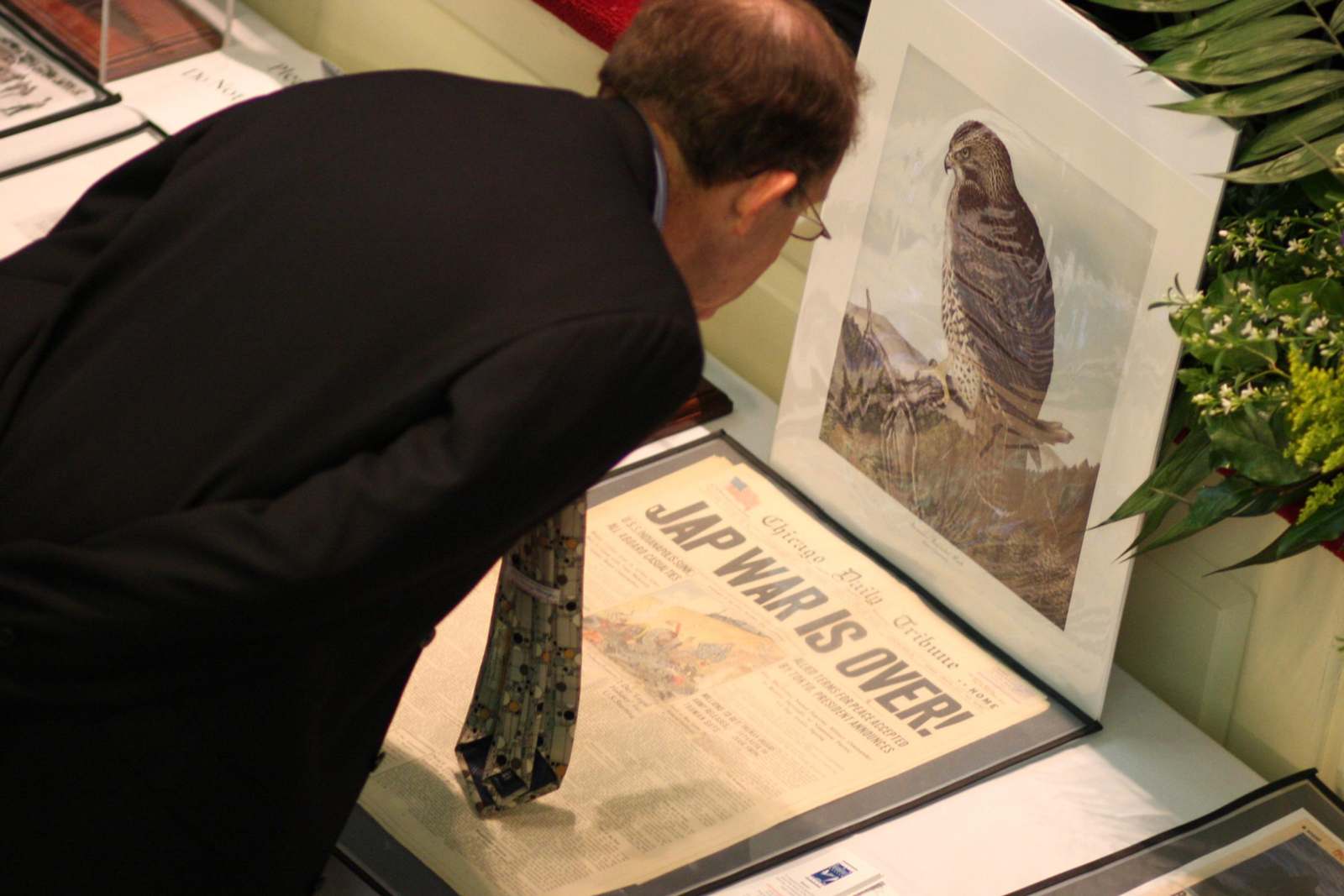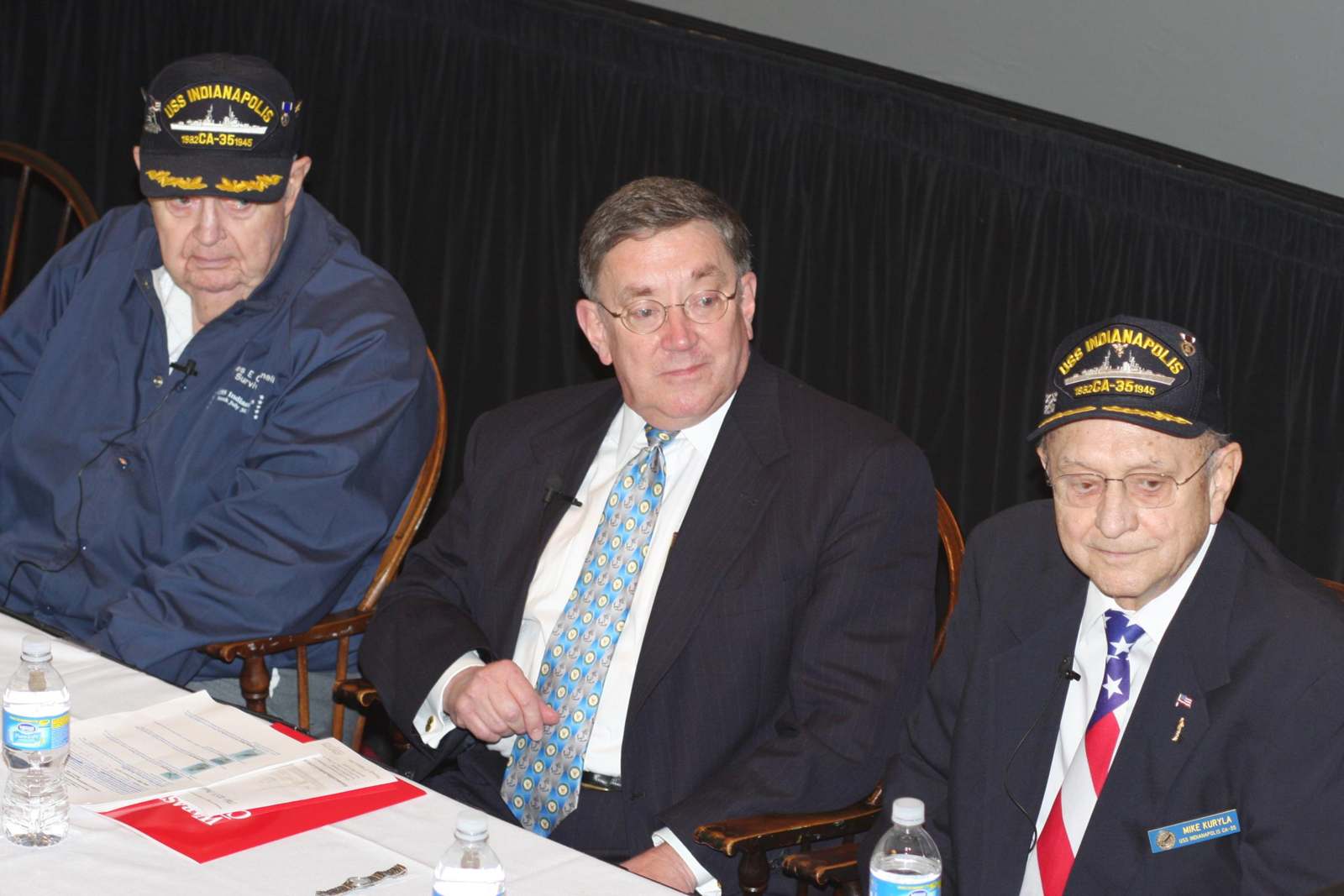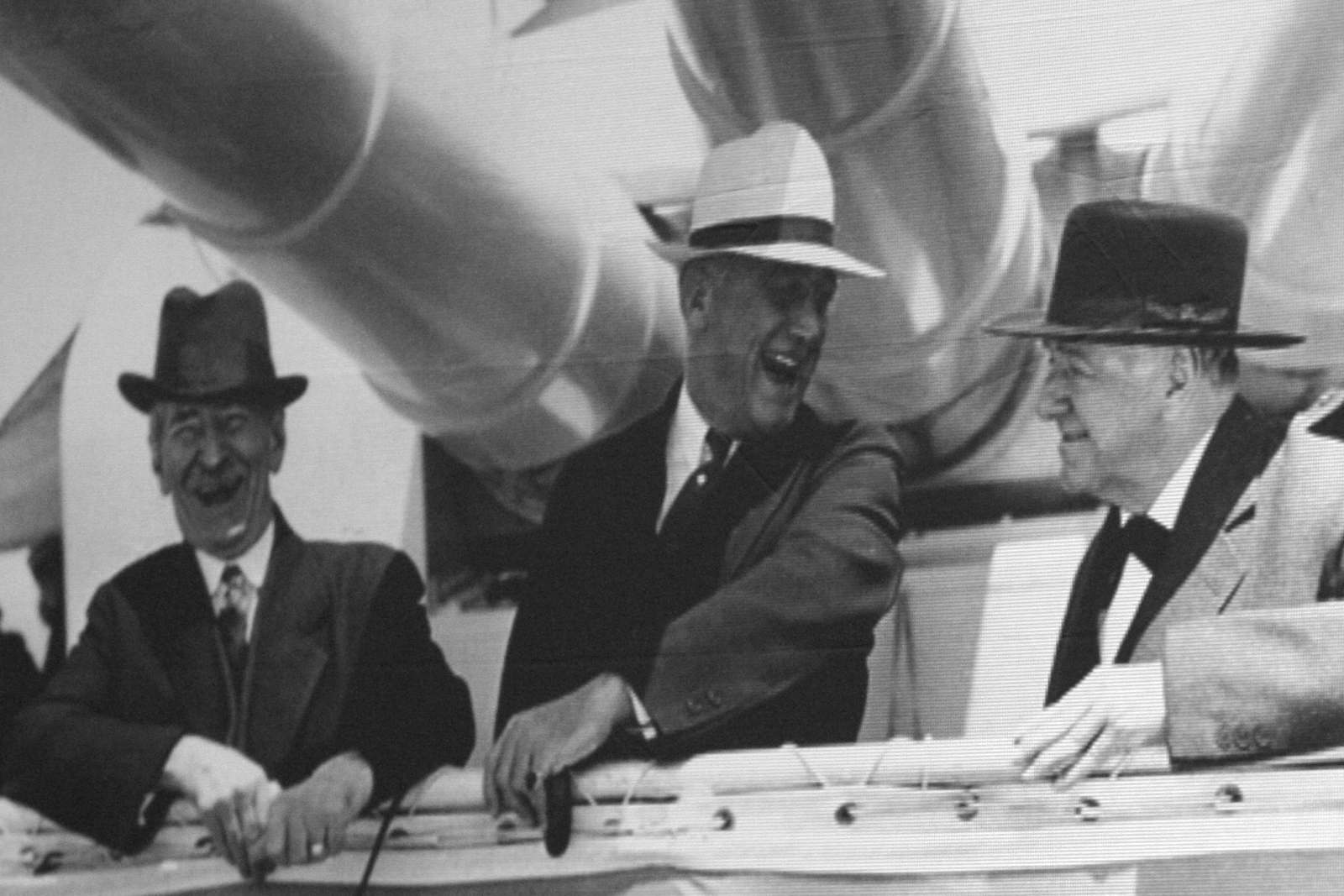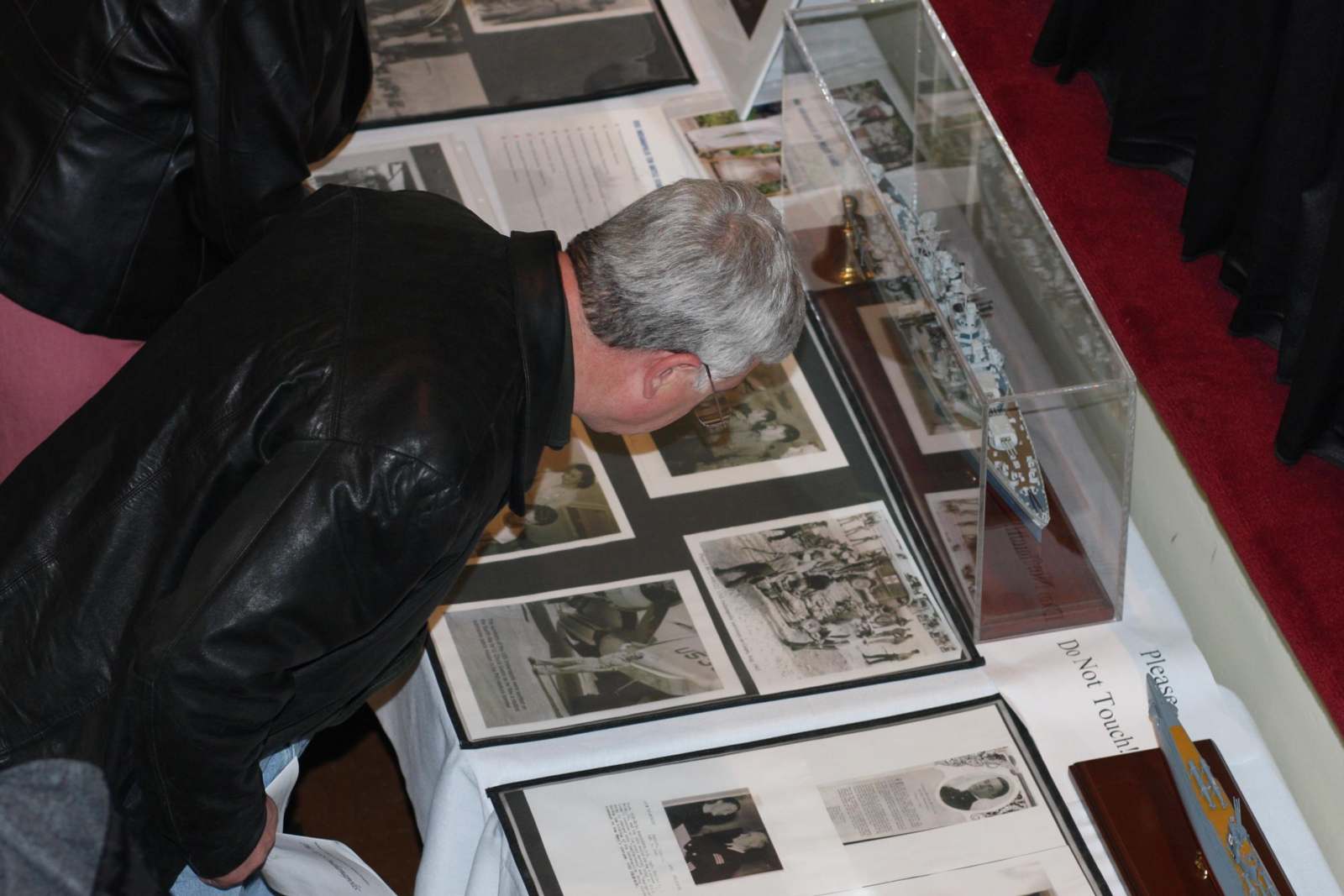USS Indianapolis Survivors' Visit
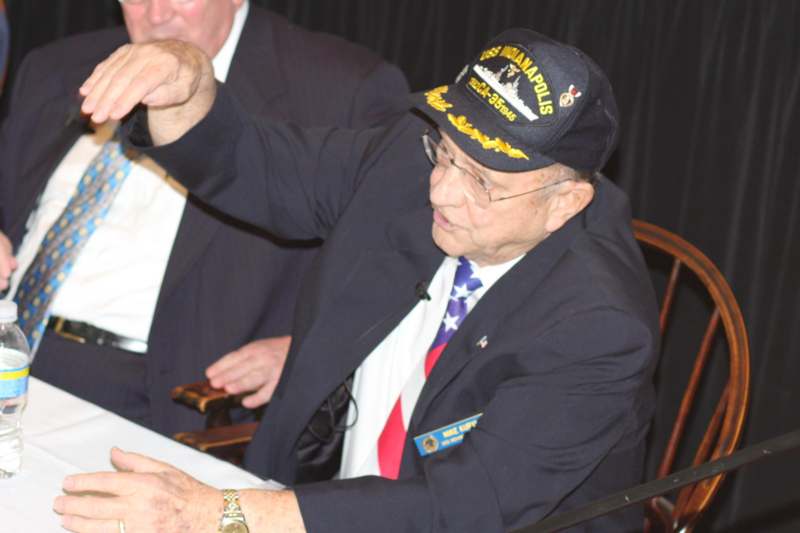
Mike Kuryla, a Chicago native who joined the Navy at age 17, was on the USS Indianapolis for eight of the battles for which it was awarded a Battle Star. Kuryla visited Wabash and here describes how the ship, after being hit with two Japanese torpedoes, sank quickly with the boat coming down on top of him. He blacked out under water, but later surfaced and survived five nights and four days in the Philippine Sea before being rescued. Kuryla helped establish the USS Indianapolis Memorial and Museum in downtown Indy.
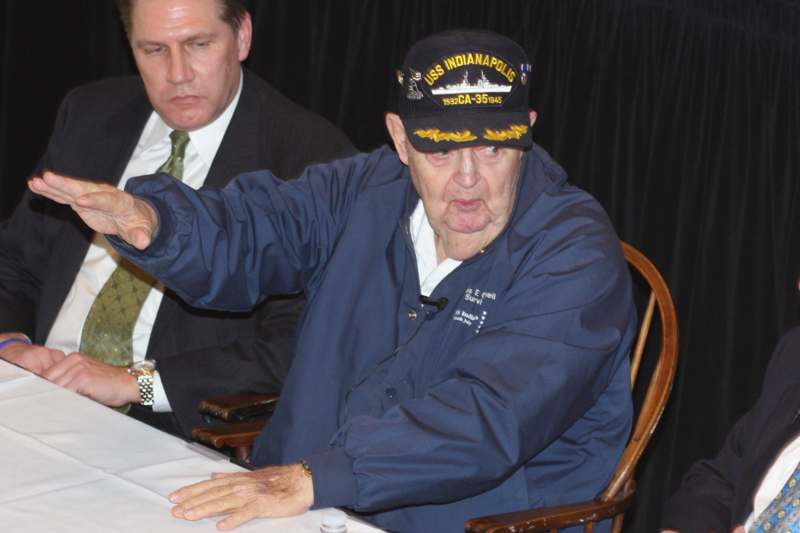
Jimmy O'Donnell was 23 when he was drafted into the Navy and was soon working in the boiler plant of the USS Indianapolis in the Pacific. He served on the boat for 14 months and was a part of five of its historic battles. He recalled waking to the sound and quake of the first torpedo and later surviving more than four days in the water before being rescued.
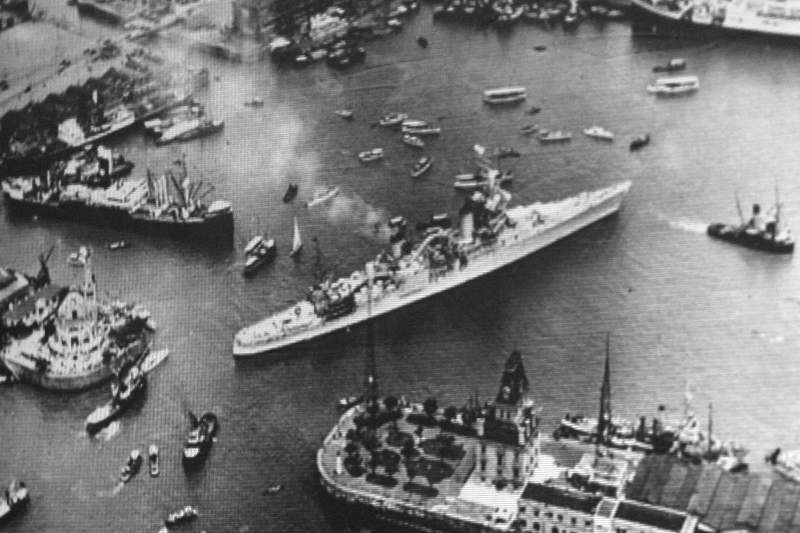
The Experience Indiana Speakers and Artists Series event included a short presentation on the history of the USS Indianapolis, which served the Navy from 1932 through 1945 when it was downed by Japanese torpedoes. In the photo, the Indianapolis leaves the harbor at Buenos Aries in 1936. The Experience Indiana Program at Wabash College is funded by Lilly Endowment Inc.
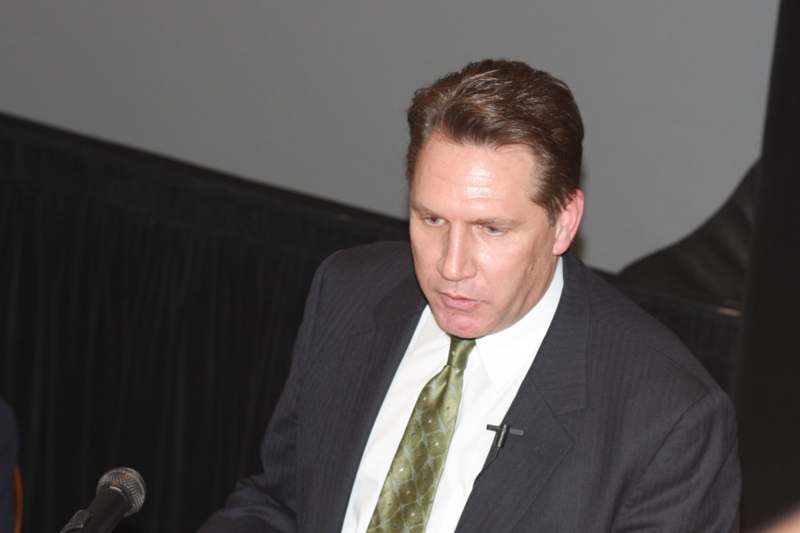
Jeff Nance is the Vice President and a Board member of the USS Indianapolis Museum in downtown Indy, and has been responsible for helping collect valuable pieces of memorabilia and stories of the men who served on the Navy's heavy cruiser. Nance's visit was part of an event sponsored by the Experience Indiana Speakers and Artists Series, which is funded by Lilly Endowment Inc.
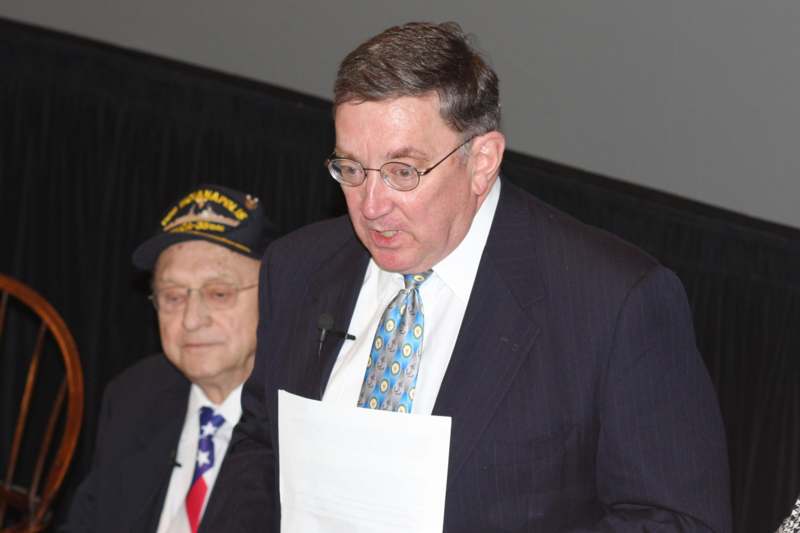
Earl Henry, Jr. never met his father, who was a dental officer aboard the USS Indianapolis and died when the ship was sunk. Henry, however, talked about how he — unlike most children of the men who died on the ship — knows a lot about the father he never met. His father was older than most aboard the boat, and had been an accomplished painter and was skilled in taxidermy, leaving behind vast amounts of his work. He was also a prolific writer, who sometimes sent as many as two letters home every day he was aboard the ship.
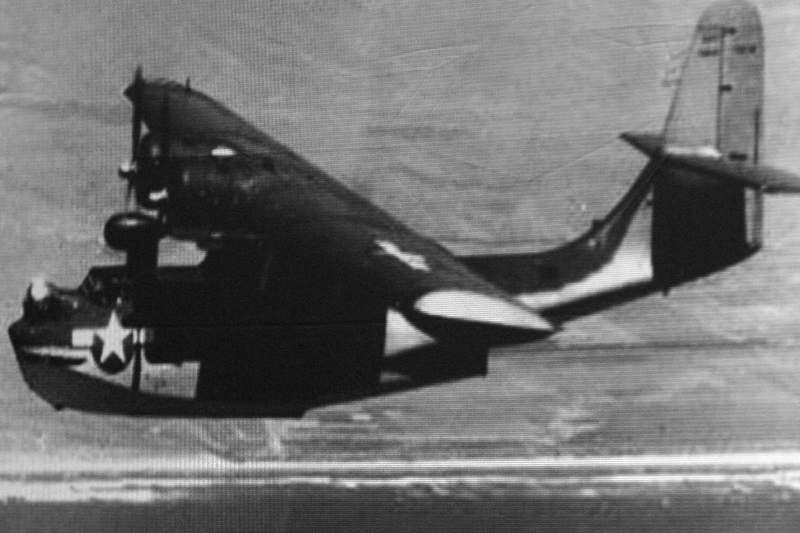
One of the most interesting local aspects of the story of the USS Indianapolis is the man who piloted this sea plane, Adrian Marks. Marks spent most of his life in Frankfort, Indiana, but graduated from Ladoga High School in 1933. He was a hero when he landed his plane in the Philippine Sea and began collecting survivors after they had spent four days in the water. He broke Navy orders when he landed the plane, but filled the body of his plane and stacked men from wing tip to wing tip to save their lives. Some reports indicate that he saved as many as 56 men.
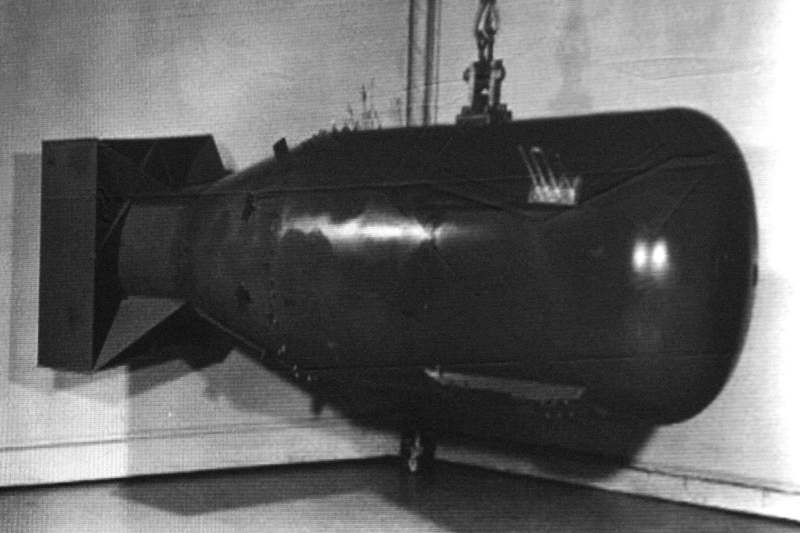
This is a photo of the atomic bomb "Little Boy," which the USS Indianapolis carried from San Francisco to Tinian Island. The survivors, O'Donnell and Kuryla, described the mood of the men, who were suspicious when two large crates were loaded on the ship. The ship's captain, said Kuryla, told his men that what they carried would "end the war soon." He later quipped that the men thought that meant it was a "case of toilet paper for MacArthur."



